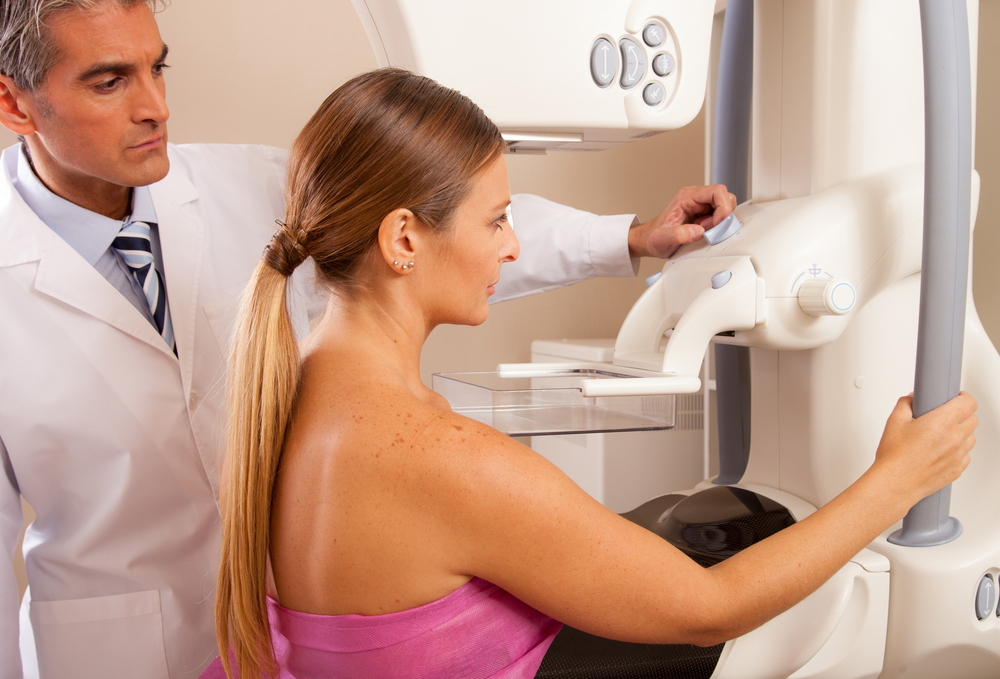iCAD Inc., a company that delivers innovative cancer detection and radiation therapy solutions, recently presented updated clinical data on the use of intraoperative radiation therapy (IORT) with the Company’s Xoft Axxent Electronic Brachytherapy System to treat patients with early-stage breast cancer at the San Antonio Breast Cancer Symposium held in December in San Antonio, Texas.
Management of Nashua, New Hampshire-based iCAD said that so far, more than 2,000 patients with early-stage breast cancer have received treatment with IORT using the Xoft System. “As more data emerges, IORT is becoming more widely adopted by an increasing variety of sites that recognize the number of patient benefits a shorter course of radiation offers,” Ken Ferry, iCAD’s CEO, said in a press release. “We are committed to providing advanced treatment options like IORT that have the potential to transform the treatment of cancer for patients.”
IORT is a procedure for patients with a diagnosis of early-stage breast cancer in which patients receive treatment with a single dose of radiation, compared to conventional treatments for breast cancer which require daily doses of radiation five days per week for a course of six to eight weeks. The procedure allows radiation specialists and breast cancer clinicians to collaborate and offer patients a complete radiation dose at the time of lumpectomy for eligible patients, targeting cancerous cells without injuring healthy tissue, including the lung, heart, and ribs.
Evidence from positive clinical results supports the use of IORT in eligible patients. iCAD is currently running one of the largest IORT trials to date using the Xoft System. The study compares the Xoft IORT System with conventional external beam radiation therapy. The Xoft System uses a miniaturized high-dose rate X-ray source to employ radiation right to the cancerous tumor bed. Unlike conventional high-dose rate brachytherapy technologies, this innovative form of brachytherapy does not require radioactive isotopes, heavy shielding or major capital equipment. As compared to conventional treatment, the procedure provides patients with several benefits, including reduced costs, added convenience, and fewer side events.


